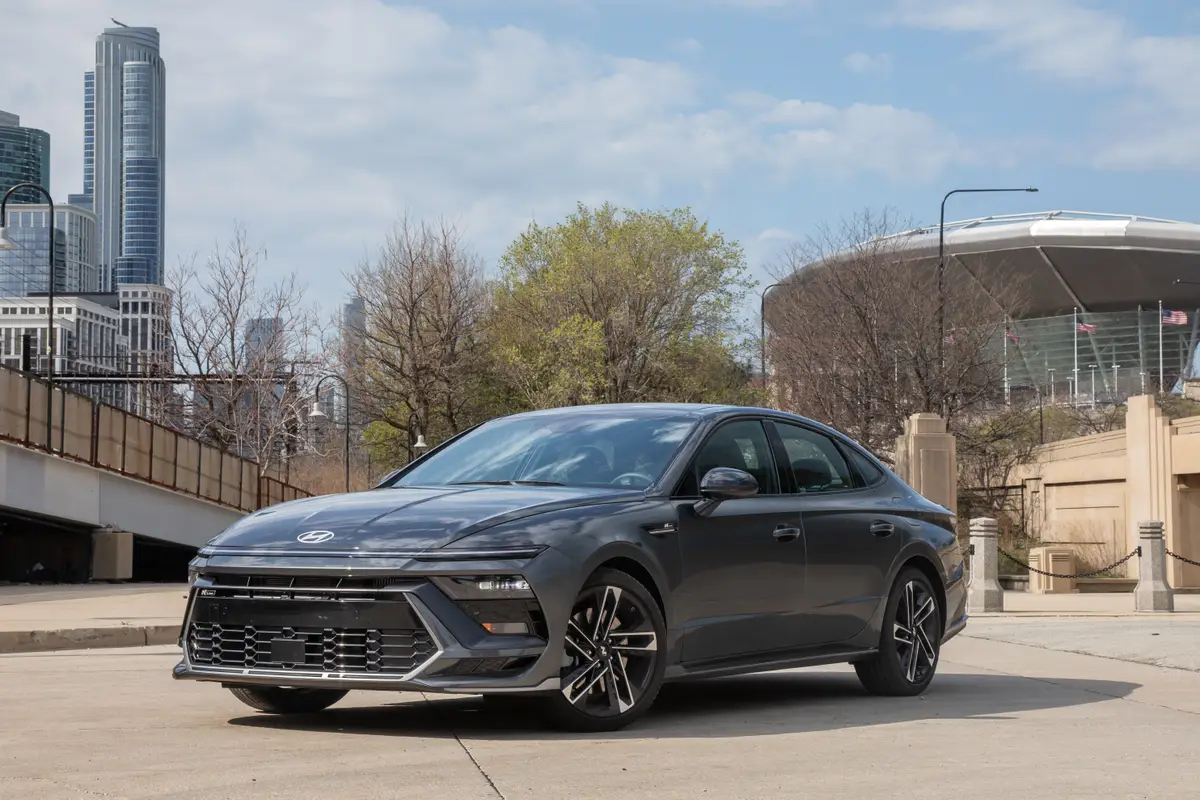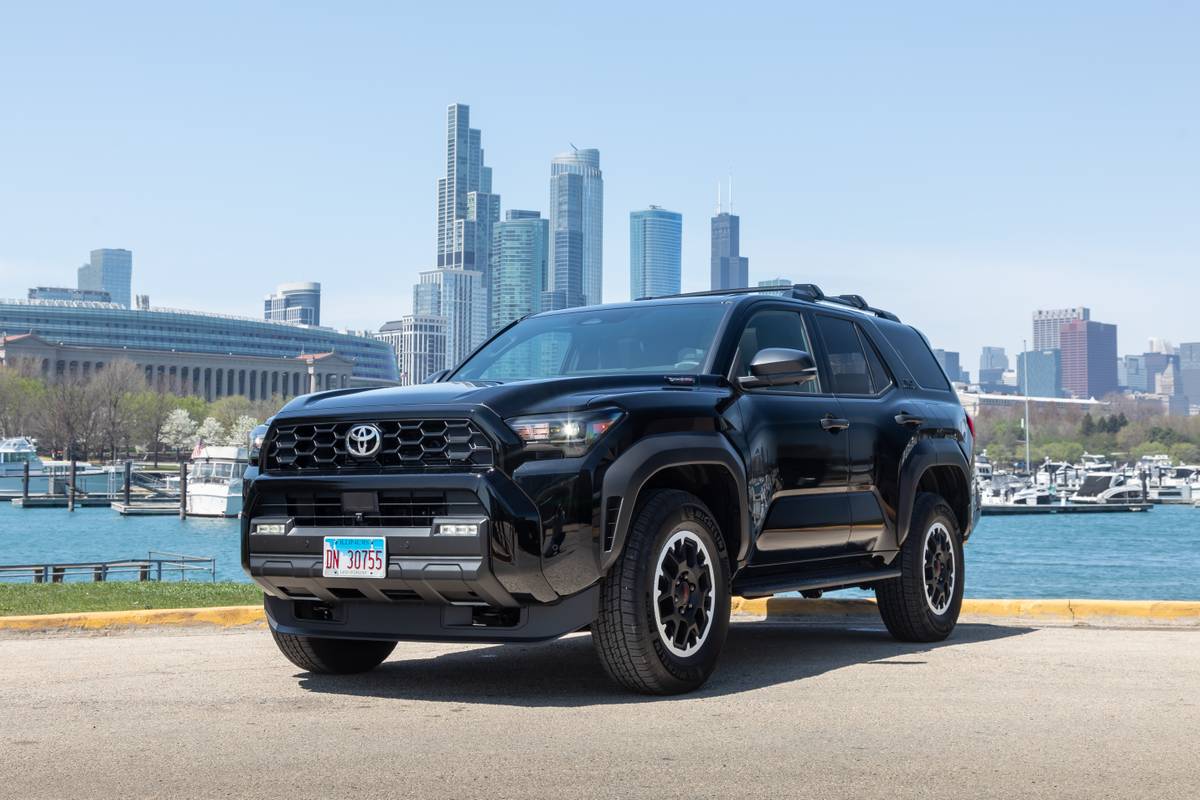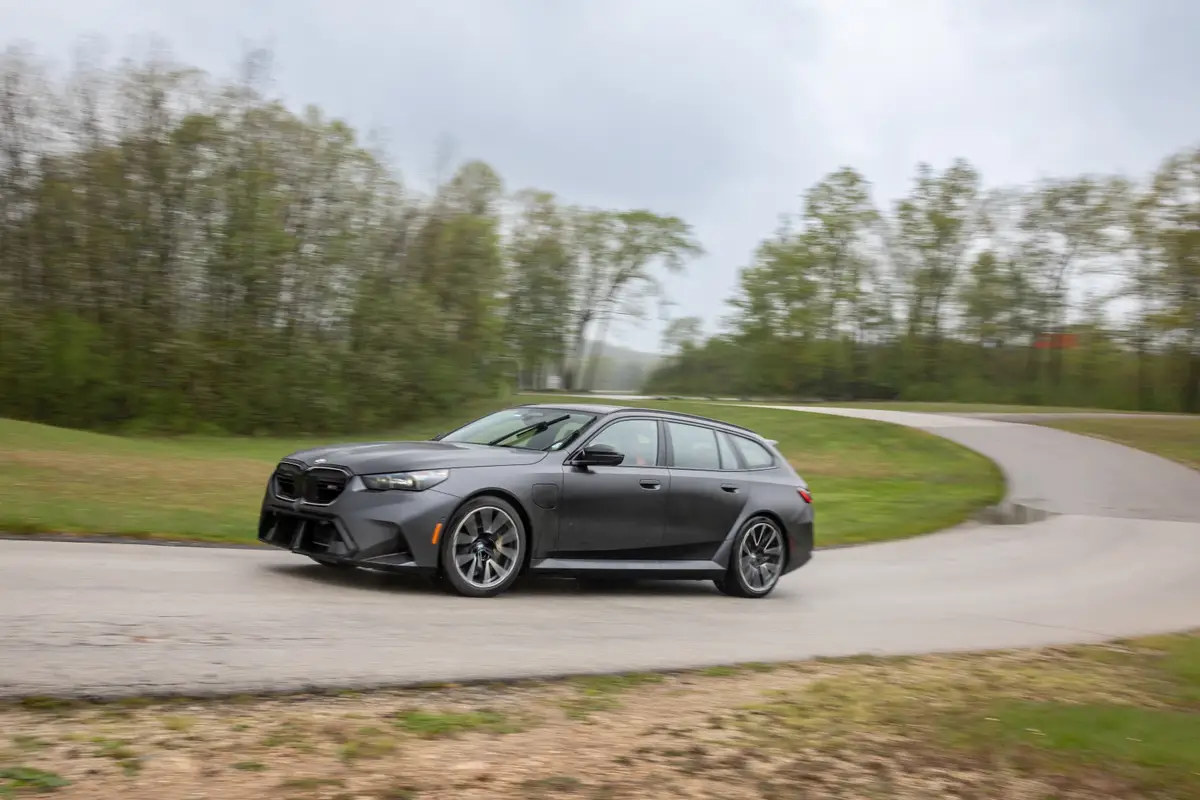Half-Ton Pickups: Strategies for Better Fuel Economy
According to the 2014 Vehicle Technologies Market Report from Oak Ridge National Laboratory's sales-weighted data from 1980 to 2014, light vehicles showed a 124 percent increase in horsepower and a 47 percent improvement in zero-to-60-mph times, but just a 27 percent improvement in fuel economy. Interestingly, the report notes that vehicle weight appears to have an inverse relationship with fuel economy, meaning as pickup trucks get heavier (excluding the alloy-bodied Ford F-150 because it's been getting lighter), fuel economy is getting better. This is especially relevant to today's luxury-laden ever-larger pickups.
Although it may not be happening as fast as some would like, manufacturers are employing many different technologies to provide better fuel economy, and nowhere is that more obvious than in the half-ton pickup truck segment, one of the largest and most profitable segments for any automaker. Clearly pickups are stronger and quicker than ever before, but how is that happening while fuel efficiency is still a concern to most buyers?
To that end, we've taken a closer look at the technologies used to improve fuel economy and to provide more usable power to today's pickup owners. Here's what's out there and who's using it.
Direct Injection
Not long ago, throttle-body or port fuel injection became universal among gas pickups of all sizes, and direct fuel injection — meaning fuel sprayed directly into the combustion chamber of each cylinder — is now found in plenty of nameplates, including pickups. Direct injection helps intake charge cooling, and allows for higher compression ratios and better overall efficiency; it was first used on World War II aircraft engines and appeared in cars in conjunction with turbochargers about 10 years ago. The most popular example today is Ford's EcoBoost engine family, but GM also offers direct injection in its Chevrolet and GMC Ecotec engines.
Turbocharging
For decades turbochargers have been fooling smaller engines into thinking they're bigger by pushing air through the engine, and they've always been popular in modern diesels. Turbos work by using the spent exhaust gases to spin impellers inside a turbo to generate pressurized air that's usually run through an air cooler before it enters the combustion chamber to provide a bigger bang. Reliability issues have been a problem in the past, but with recent advances in material use, variable geometry turbos and lessons learned from diesel engine usage, modern turbos can now survive gasoline engine temperatures. Again, Ford's EcoBoost engines provide the best example of efficient and powerful turbocharging, but Ram's EcoDiesel also uses a smart turbocharging system as well. The new 2016 Nissan Titan XD also uses a powerful turbocharger in the Cummins V-8 diesel.
Variable Valve Timing/Lift
Although multivalve variable valve timing comes in 90 percent of new light-duty automobiles, it is not so prevalent in the pickup truck arena. VVT comes in multiple forms: GM's Ecotec engines use it with the traditional pushrod V-6 and V-8 engines, while the Ram 1500 5.7-liter V-8 Hemi and Ford's older single overhead cam V-8 4.6- and 5.4-liter engines vary the camshaft position relative to the crankshaft, advancing or retarding timing for better low-end torque and smoother drivability.
Multiple-cam valve timing (as in single overhead cam or dual overhead cam) can separately make intake and exhaust valve adjustments to offer better idling and performance at extreme temperatures or altitude, benefiting passive exhaust gas recirculation and idle quality, and offering broader power curves. Depending on how sophisticated engine builders are, smart VVT can even provide the option of switching between Otto and Atkinson cycles like the new Toyota 3.5-liter V-6 found in the 2016 Tacoma. Additionally, Fiat Chrysler Automobiles' MultiAir system offers similar benefits using a single camshaft, but the only current pushrod engine with this ability is the Dodge Viper 8.4-liter V-10; currently it is not in any pickup.
How much the valves open also can be controlled, so much so that BMW and Infiniti have built engines that control throttling by how much the intake valves open. Others automakers such as Honda use movable valve-train components on a single cam for larger valve openings at higher revs, closing them altogether for cylinders that are switched off.
Cylinder Deactivation
Although this technology has been around for quite a while, advancements in computer controls have made some big leaps forward, especially for pickups. The concept is pretty simple: Shut off the cylinders you don't need and save fuel. Think of cylinder deactivation as the opposite of a turbo or supercharger — it can fool a big engine into thinking it's a smaller one. GM uses this technology in the Ecotec3 engines (4.3-liter V-6, 5.3-liter V-8 and 6.2-liter V-8); Ram's 5.7-liter and 6.4-liter Hemi V-8s, and Honda's 3.5-liter V-6 all use it to help improve fuel economy. It also can help control heat, noise and vibration since, in most cases, less mass is moving around inside the engine.
Auto Stop-Start
Taken directly from hybrid vehicle technology, this system automatically turns off the engine when the vehicle stops and then refires it as the brake pedal is released. The idea here is that idling wastes fuel and energy. Although the system adds expense and weight — primarily from the stouter alternator, starter and battery — idling is when a pickup is least efficient. To date, the technology is standard on all Ram High Fuel Efficiency models and Ford F-150s equipped with the 2.7-liter twin-turbo EcoBoost, but will likely become a standard feature for many pickups in the near future.
Variable Pumps
Since engines rarely have to deliver full power at the spur of a moment — some speculate less than 5 percent of total running hours — it makes sense that the engines don't always need the same oil and water flow and pressure to run as efficiently as possible. Whether it's mechanical, electrical or a combination of both, using the water, oil or air-conditioning pumps less will save fuel. Variable oil pumps are standard on all GM Ecotec3 engines as well as on the Ford F-150's EcoBoost 2.7-liter V-6. Ram also offers a smart system on its Ram 1500 HFE model.
Electric Accessory Drives
Most half-ton pickups use electric-assist steering to save weight (of the oil reservoir and pump), but other vehicles combine the technologies by driving the hydraulic steering pump with an electric motor to save fuel (and belt loads). Driving air-conditioning (as hybrids have for years), steering pumps and water pumps typically is done a small percentage of the time, but they are constantly ready for use all the time. More pickups are getting better at providing those systems with power only when needed.
What to Expect
In the future, pickup engines will employ more of these features as they're refined and costs drop. We fully expect each new engine to improve its efficiency and lower its pumping losses. Targeted cooling systems and integrated head/exhaust manifolds will better control heat losses to provide better power and fuel efficiency.
Dual-injection systems could be combined with dual fuels and turbos to use gasoline at low loads and higher-octane E85 for top-end power, but those systems are too expensive now. Some truckmakers may wait for low-sulfur gasoline before adding dual injection.
Advanced variable valve timing systems and perhaps even full electric valve operation, which would eliminate camshafts altogether, will aid combustion control and reduce pumping loss.
We have no doubt cylinder deactivation will migrate to more engines soon; it could become more software controlled, possibly dropping individual cylinders as needed rather than having them stop and start in a fixed pattern.
Auto stop-start will become more popular too, especially when the benefit can be measured using a government fuel consumption rating. Although it is rather technical, the Mazda i-Eloop brake energy regeneration system is so smart it stops the engine with a piston just beyond the top of the power stroke so when it injects fuel and provides a spark to the chamber to restart the engine, it doesn't need a separate starter motor at all. This could serve as a good model for other manufacturers.
Variable displacement, or multistage oil and water pump use, is already common across many automakers, but it is not common in pickup truck engines and we expect that to expand. And air-conditioning and heavy-duty steering pumps may be driven electrically in the not-to-distant future.
Down the road we anticipate the option of variable compression ratio by sliding a puck into the combustion chamber (like a big piston dome) to increase or decrease the ratio for efficiency and retract to today's ratios under heavy loads to avoid detonation.
Additionally, the "spark" for an engine may come from an advanced corona ignition system that lights the mix faster and more evenly with a burst of plasma rather than a spark plug so nothing will wear out.
Homogeneous charge compression ignition engines designed to run gasoline without a spark (similar to diesel engines) offer better fuel efficiency and torque but are not yet production ready. This technology shows the most promise for hybrid range-extender applications where the engine runs in a narrow rev band.
Finally, longtime alternative fuel expert Eric Evarts predicted, "Low gas prices will minimize investment in [compressed natural gas or liquefied petroleum gas] products or infrastructure beyond fleet-focused HD markets, with an increasing number of diesel engines used for tightening [fuel] economy standards."
Cars.com photos by Angela Conners; manufacturer images

Featured stories

2025 Hyundai Sonata N Line Review: Banish Boring




